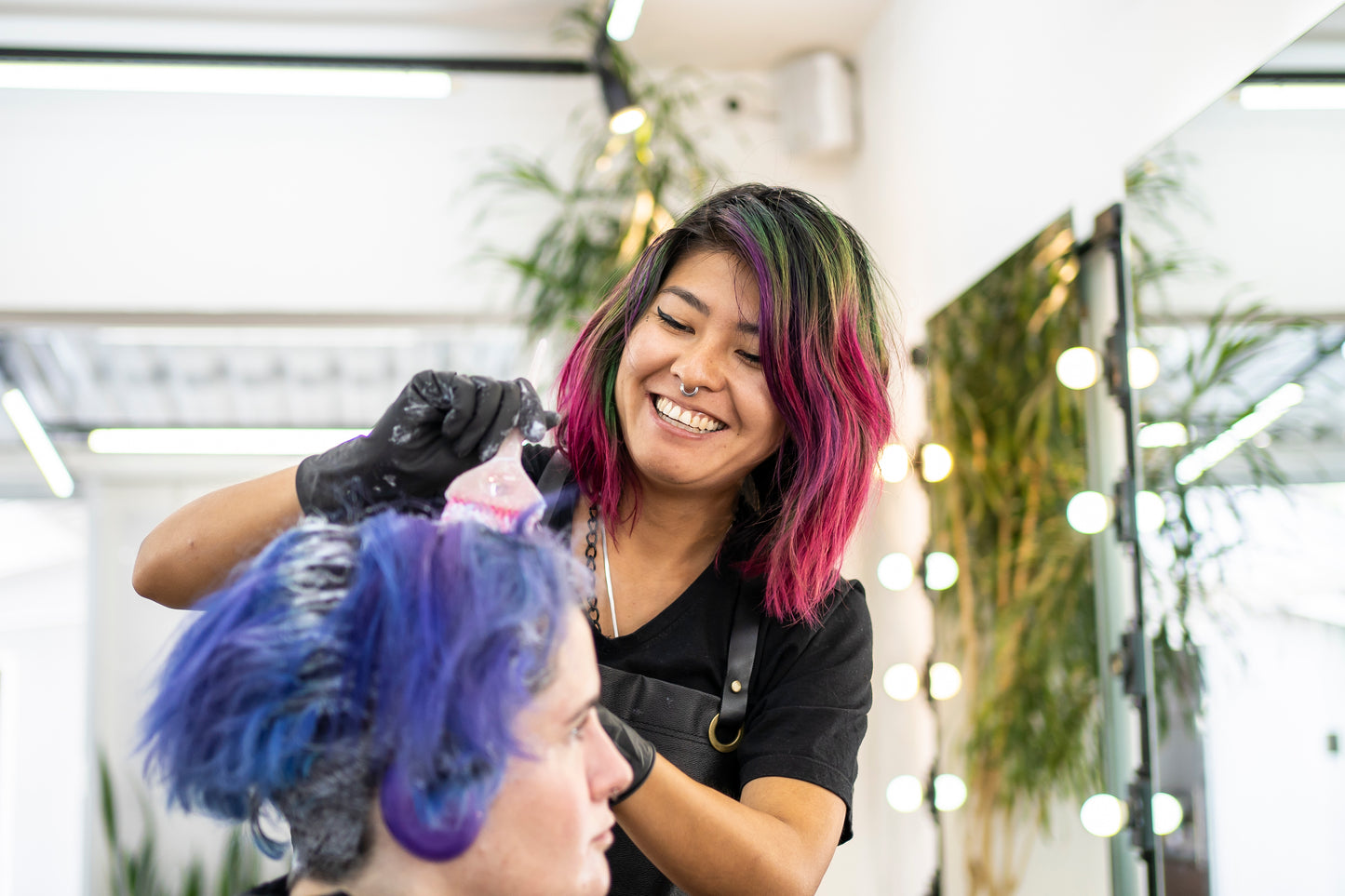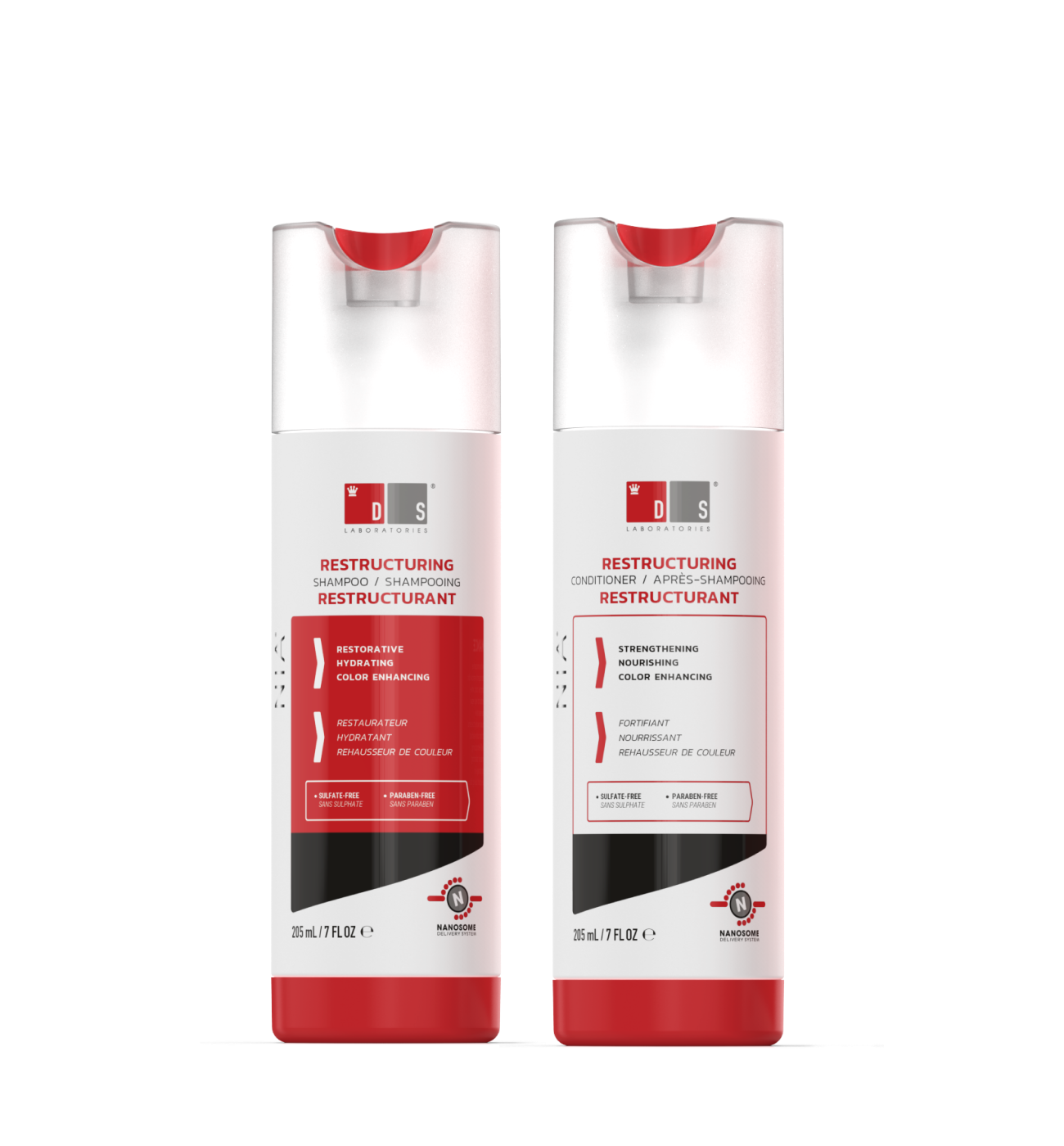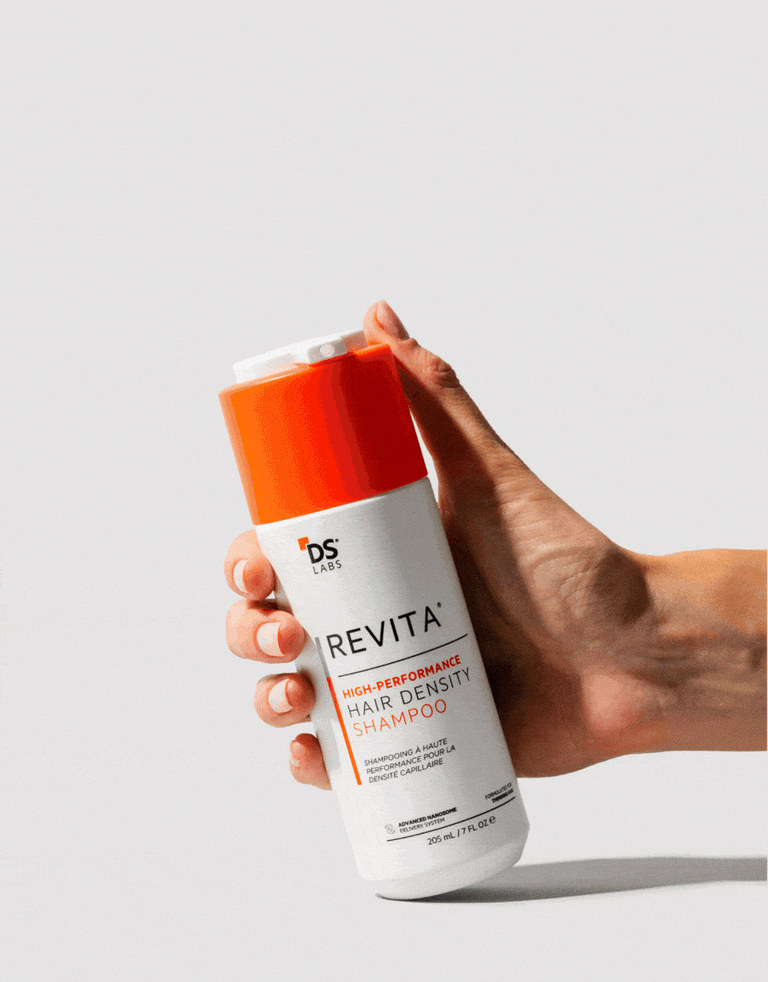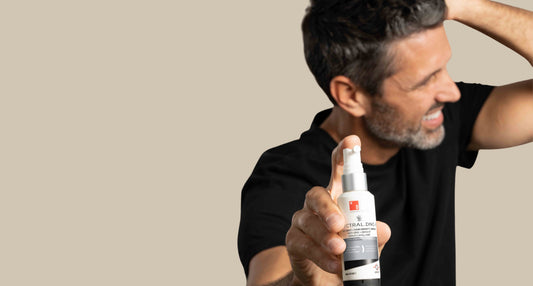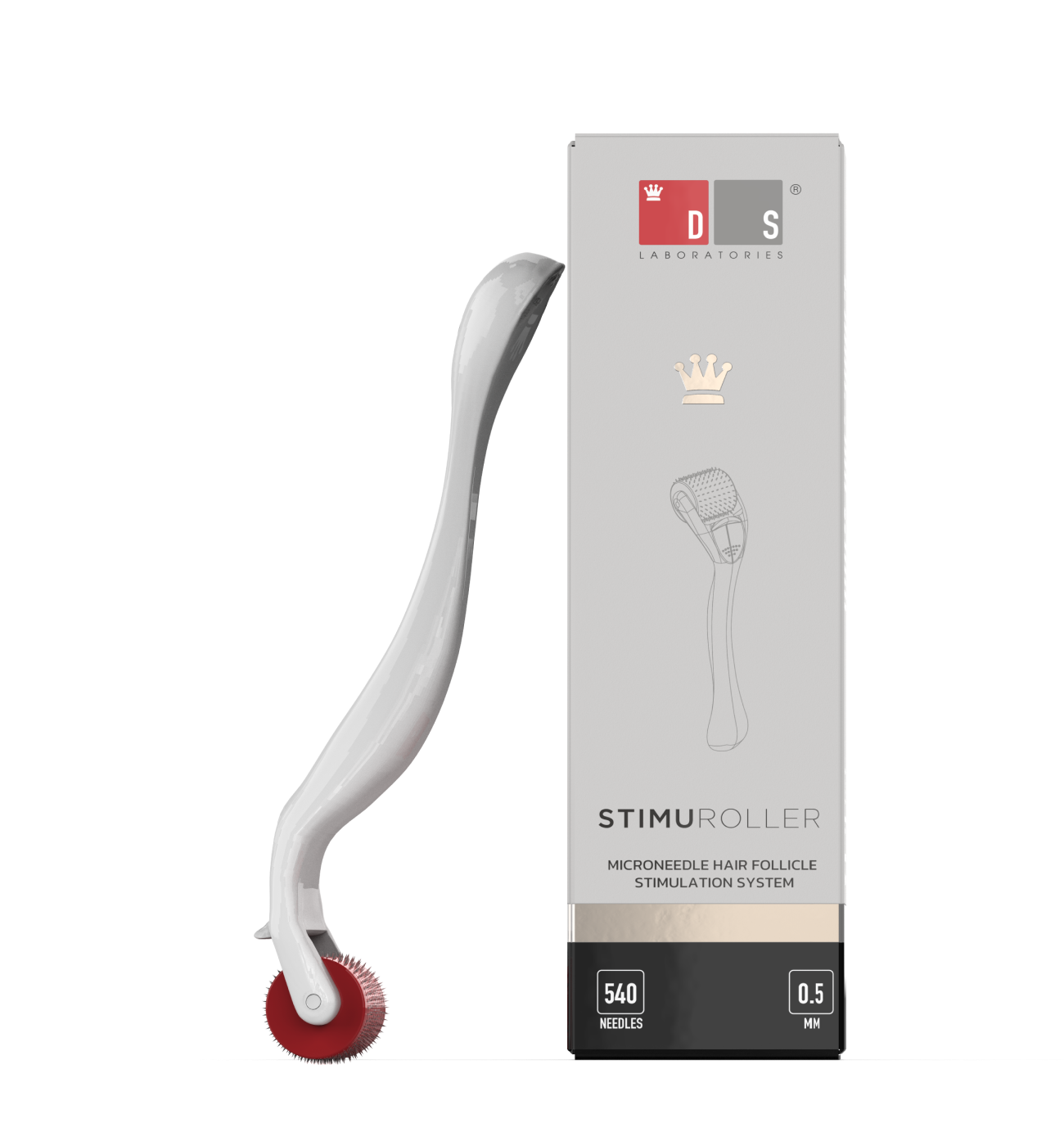Coloring your hair can give you a fresh new look and add texture and luster to dull locks. It can make your hair look more vibrant and beautiful so you can flaunt your new aesthetic in style.
But hair loss is a common concern after people color their hair. If you already have thinning hair, you may be worried that coloring your hair can lead to even more loss.
In this article, we discuss if hair coloring and hair thinning are related. We also share handy tips to help you minimize hair damage after dyeing it.
The Link Between Coloring Hair and Hair Thinning
If you recently highlighted or dyed your hair, you may suddenly notice more strands falling than ever. Why does this happen?
Most hair dyes contain harsh chemicals that weaken the hair. Permanent and semi-permanent hair dyes usually have high volumes of peroxide and ammonia. Peroxide is included in the formulation to replace the melanin pigments in the hair shaft with blonde. This lightens the hair from its natural color and creates a fresh canvas for the new color to seep in.
Meanwhile, ammonia is a swelling agent that opens the hair cuticle. This allows the dye and peroxide to enter the cuticle and let the color develop, which changes the hair’s integrity.
A sulfate-free, pH-balancing shampoo and conditioner are also applied to partially close and neutralize the opened cuticles and stop oxidation.
These steps in the hair color process make dyed hair more porous and significantly weaker. This is why you are much more likely to experience hair loss and breakage when you have bleached or lightened hair.
But fear not. Hair loss in those who routinely use permanent hair color is generally temporary and not permanent. In this case, you can simply stop using lightening products and choose a darker shade instead.
Permanent hair loss is possible if you regularly use bleach on the scalp and not just on the hair. This incorrect way of lightening the hair can cause chemical burns and severe damage to the hair follicles.
That said, it does not mean that you cannot lighten your hair at all. Using acid-based semi-permanent colors can actually protect the hair cuticle instead of damaging it.
In the next section, we discuss how you can give thinning hair a healthy new shade.
Tips to Safely Color Thinning Hair
Are you ready to give your locks a new look? Here are a few precautions you should follow to safely color thinning hair:
1. Don’t Use Bleach
Bleach is incredibly harmful to hair, and it is likely to do significant damage to thinning hair. And if you want to make a drastic color change, such as going from brunette to blonde, hair experts will recommend using bleach.
If you want to lighten your hair, skip the bleach and only use regular hair color. Apply the dye correctly to get the most out of the color.
2. Mask the Contrast
Select a shade that is close to the color of your scalp. A lighter color will draw less attention to thinning locks, as there is less contrast between skin and hair tones that will catch the eye.
3. Opt for a Salon Service
Salon professionals have a lot of experience in coloring hair and dealing with emerging issues, such as thinning and hair loss. They also have access to many different color options and high-end coloring agents. This is why it is best to visit an experienced stylist to color your hair.
Ask the professional about plant-based dyes, like henna, indigo, and other ammonia-free and peroxide-free products. These coloring options are gentle and reduce hair damage, making them a boon for thinning hair.
Rules for DIYers
If you plan to color your hair on your own, follow these simple rules to minimize hair damage and breakage:
- Apply a deep-conditioning treatment before coloring your hair, and use a leave-in detangling product at the ends. Healthy, moisturized hair yields better results.
- Skip the bleach.
- Opt for coloring agents that contain less than 20% peroxide.
- Use semi-permanent dyes if possible.
- If you need to use permanent color to cover your stubborn grays, apply the dye only at the roots and use semi-permanent color on the rest of your hair.
- Stick to the two-shade rule when coloring your hair at home, and stay close to your natural hair tone.
- Begin applying the coloring agent at the ends of your hair instead of the roots.
- Don’t leave the coloring agent in your hair for more than the recommended amount of time.
- Do not brush, comb, or blow-dry your hair right after coloring it.
Conclusion
Coloring thinning hair can feel stressful because of the fear of further hair loss. But with the right products and techniques, you should be able to safely color your hair without damaging it and causing breakage.
Follow our simple tips above and easily achieve the look you want!


